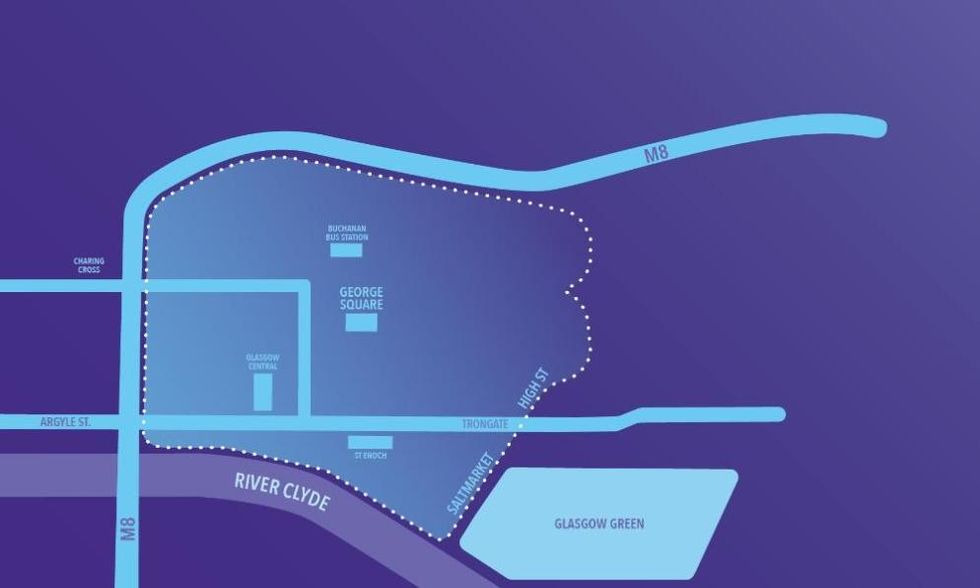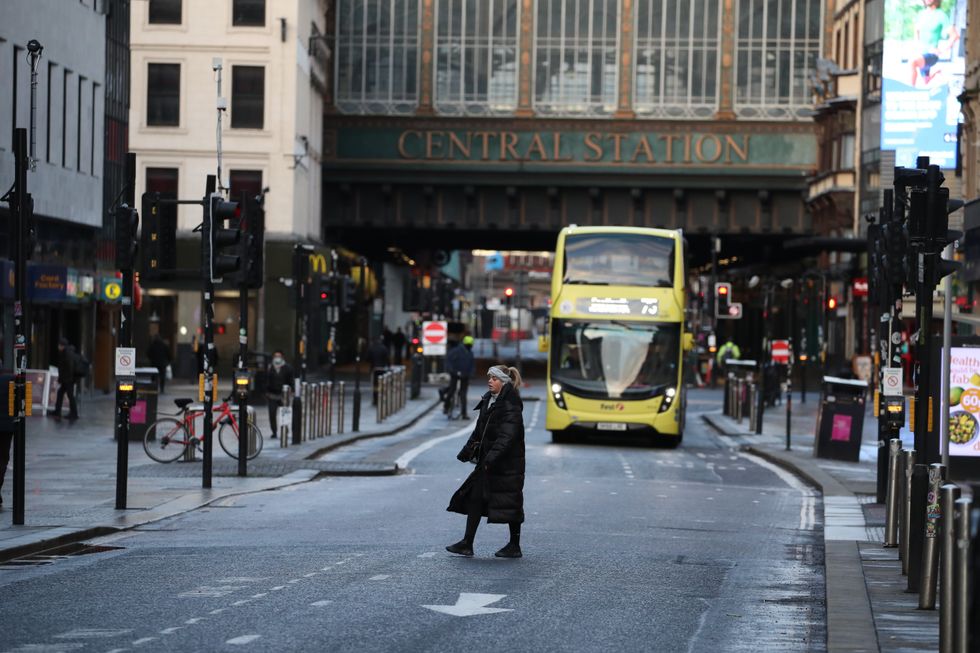The LEZ became active on June 1, 2023
PA
33,000 fines have been issued to drivers for breaking LEZ rules
Don't Miss
Most Read
Trending on GB News
Glasgow's Low Emission Zone (LEZ) has shown mixed results in reducing air pollution, despite fining thousands of drivers.
According to the latest Air Quality Annual Progress Report by Glasgow City Council, nitrogen dioxide concentrations reduced by 20 per cent in the city centre but saw “exceedance” in some regions.
The LEZ was rolled out to all vehicle types on June 1, 2023, and since then has led to more than 33,000 fines being issued to non-compliant vehicles, raising over £1million.
Residents living within the Low Emission Zone had until May 31, 2024, to meet LEZ requirements, and non-compliant public hire taxis were granted temporary exemptions until the same date.
Do you have a story you'd like to share? Get in touch by emailingmotoring@gbnews.uk
 The Glasgow LEZ boundary map GLASGOW CITY COUNCIL
The Glasgow LEZ boundary map GLASGOW CITY COUNCILCouncillor Angus Millar, Convener for Transport and Climate, said: "The early progress recorded in Glasgow in 2023 - with a 20 per cent drop in the city centre's nitrogen dioxide levels - is really encouraging.
“With some locations still showing breaches of legal limits, however, the impact of the LEZ's full roll out will only become clear with next year's annual monitoring data, and Glasgow will continue our work to seek cleaner, more breathable air that meets legal requirements."
Despite some positive results, the report highlighted some areas of concern. Diffusion tube monitoring on Gordon Street and under the Hielanman's Umbrella showed marginal exceedances of the nitrogen dioxide objective.
All 11automatic monitoring stations around Glasgow recorded nitrogen dioxide levels below the legal objective, continuing a trend of improvement from previous years.
Meanwhile, the Hope Street monitoring station only narrowly met the legal levels for nitrogen dioxide reduction.
The Council noted that this was due to the LEZ only being enforced in the first half of 2023 and did not yet apply to zone residents or non-compliant taxis.
To be LEZ compliant, petrol drivers must adhere to Euro 4 emissions standards, which generally impact vehicles registered before 2006.
Owners of diesel cars and vans need to abide by Euro 6 rules (usually registered after September 2015), while buses, coaches and HGVs must be Euro VI (registered from January 2013).
Councillor Millar emphasised the importance of these efforts, stating: "With some locations still showing breaches of legal limits, however, the impact of the LEZ's full roll out will only become clear with next year's annual monitoring data, and Glasgow will continue our work to seek cleaner, more breathable air that meets legal requirements."
The council explained: “Monitoring of NO2 is undertaken using a combination of both automatic monitoring stations and diffusion tubes.
“Use of diffusion tubes allows the monitoring of this pollutant at more locations than is economic or practical using automatic stations.
"Although less accurate that the reference level automatic monitors, this accuracy is improved by use of monthly monitoring to compare against the annual mean objective and by the collocation of diffusion tubes and correction for ‘bias’.”
LATEST DEVELOPMENTS:

Glasgow's LEZ sees non-compliant vehicles slapped with £60 fine
PAThe council detailed how levels of NO2 in 2023 at all automatic monitoring stations were “below the objective levels”, continuing the trend of compliance observed in 2022.
Under the LEZ rules, if a vehicle does not meet the specified emission standards and drivers can be fined £60 for the infringement although this can be slashed by 50 per cent if paid within 14 days.








